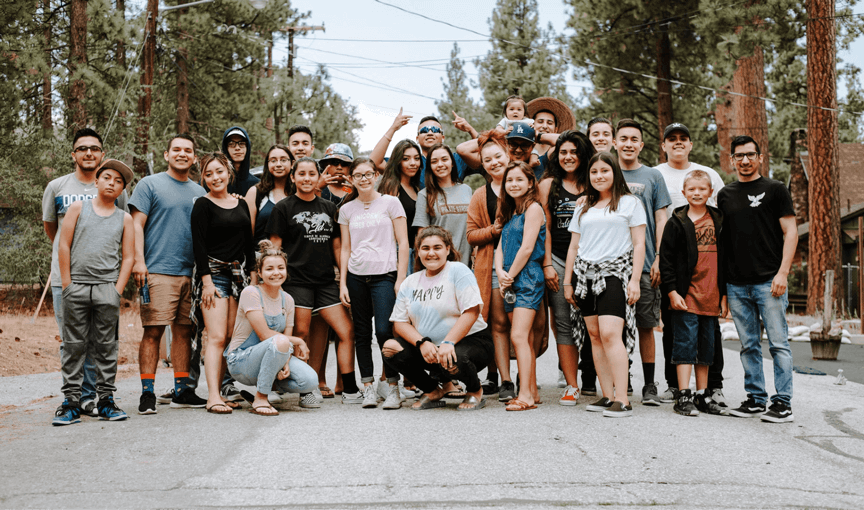As a mother and an educational designer, I witnessed firsthand how my own child — like many others — struggled with fragmented learning experiences that failed to nurture coherent cognitive development or intrinsic motivation.
Despite exposure to various programmes and activities, the learning journey often remained disconnected, shallow, and unable to build a resilient, adaptable foundation for future growth.
This personal experience drove me to deeply investigate the systemic gaps in existing education models: content delivery, instructional practice, and family support frequently operated without aligned developmental goals.
In traditional schooling, knowledge is divided into isolated subjects with limited real-world connection; in extracurricular learning, activities often emphasise engagement without building structured competencies.
Recognising this widespread fragmentation, I envisioned Wisecore™—a modular cognitive growth system designed to transform scattered experiences into connected, mission-driven developmental journeys.
Wisecore™ operates as a modular system that generates structured, mission-driven learning activities grounded in encyclopedic knowledge frameworks, developmental psychology principles, and inquiry-based learning flows.
Each module is designed not only to guide children’s exploration but also to help parents and educators understand the underlying cognitive, emotional, and motivational processes at work.
Through structured prompts, developmental objectives, and mission challenges, Wisecore makes the invisible processes of growth visible — offering a scientific scaffold for guiding and supporting learning.
In practice, users select or customize missions aligned with a child’s developmental needs or thematic interests. Activities span across sciences, arts, social innovation, emotional development, and real-world problem solving.
During missions, children engage in inquiry, experimentation, creation, and reflection, following Wisecore’s Learning Flow (Sense & Perceive → Process & Reflect → Connect & Synthesize → Decide & Plan → Act & Express → Create & Reflect).
Parents observe and support these processes, gaining insights into their child’s cognitive and emotional development.
Educators facilitate by guiding inquiry and meaning-making rather than delivering static content.
Wisecore™ has spread organically through real-world pilot events, family engagement experiences, and collaborative community initiatives.
Initially introduced through projects like Science & Invention Labs, culinary explorations, and professional simulations, pilots were conducted under the Kiddypedia platform, providing real-world exploration programs where Wisecore’s modular framework was applied and refined.
These activities captured growing interest from families, educators, and community organizers seeking deeper cognitive development beyond traditional schooling.
Early pilots demonstrated Wisecore’s ability to flexibly adapt to diverse environments — from informal learning spaces to structured community programs — reinforcing its modular design’s versatility.
Spread was driven largely by word-of-mouth, family testimonials, and small-scale social media sharing, creating grassroots awareness around mission-driven, real-world learning experiences.
Encouraged by positive feedback, partnerships with educational organizations, community learning hubs, and family-centric platforms are steadily forming, building the foundation for broader scaling.
Rather than relying on centralized institutions, Wisecore grows through living ecosystems — empowering individuals, families, and communities to co-create learning journeys rooted in authentic exploration and developmental growth.
Wisecore™ began as a collection of standalone educational activities focused on engagement and excitement.
However, observing that fragmented activities failed to produce coherent cognitive development, the system evolved into a modular framework — connecting missions into meaningful, developmental learning journeys.
Key modifications included introducing a clear growth structure, enabling each mission to progressively build critical thinking, resilience, and real-world competencies.
Wisecore expanded from theme-specific projects to a fully flexible system, capable of generating interdisciplinary journeys across sciences, arts, social innovation, and emotional development.
Early versions primarily involved educators, but growing insight into the importance of family engagement led to a major enhancement:
Parents are now actively positioned as co-constructors, observing, understanding, and supporting the child’s growth processes.
Modular templates were refined not only to simplify adaptation for schools, community hubs, and homeschooling networks, but also to integrate a hybrid content development approach — combining expert human design with AI-assisted organisation of prompts and real-world examples.
Today, Wisecore stands as a living cognitive infrastructure — continuously refined through real-world application, feedback from children, families, and educators, and an ongoing commitment to authentic, holistic learning.
Trying Wisecore™ begins by exploring modular templates that serve as building blocks for mission-driven learning journeys.
Users — whether educators, families, or community organisers — select a thematic focus (e.g., science exploration, creative innovation, social understanding) aligned with children’s developmental needs or linked to school curriculum content.
Wisecore modules include flexible mission challenges, guiding questions, developmental objectives, and suggested learning flow stages.
Provided in easy-to-use manual formats — documents, templates, and facilitation guides — Wisecore enables even non-professionals to design customised learning experiences.
Parents and educators can quickly adapt modules to supplement school learning with real-world explorations, helping children bridge academic knowledge with curiosity-driven inquiry.
This approach stimulates intrinsic motivation and deeper engagement, reinforcing school learning through authentic, meaningful experiences.
Wisecore’s system is designed for manual use today but can evolve into a digital platform in the future, expanding accessibility and personalised pathways for global learners.


